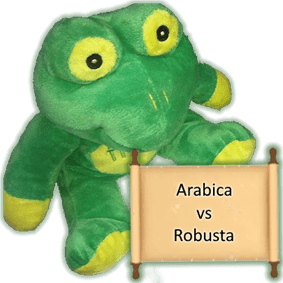We believe that weight loss is a key metric in roast consistency when evaluating roasted coffee. While many other roasters look at colour it should be noted that the most precise test is taste. However, we feel that loss percentage is a better than a great guide. In fact, our internal roasting management system alerts us if the percentage loss is not in range.
Rob Hoos Article
We recently came across a Rob Hoos article that dived into more detail. You can read it here: Why take weight loss %
Here are the key points from that article
Weight Loss Percentage (WL%)
WL% is a critical metric in coffee roasting, reflecting changes in moisture content and chemical composition during the roasting process. It’s an indicator of production consistency and roast level.
Calculation of WL%
WL% is calculated using a simple formula:
WL% = ((beginning weight – final weight) / beginning weight) X 100.
This means the green coffee must be weighed at the start and the roasted coffee at the end.
Moisture Content
Moisture content significantly influences WL%, with specialty coffee starting at 8-12% moisture and roasted coffee having less than 3%.
Chemical Reactions
Chemical reactions, including the Maillard reaction and sugar caramelization, contribute to weight loss by producing water and CO2.
Roasting Phases
The roasting process, as described by Illy and Viani (1995), includes a drying phase, a roasting phase with complex chemical reactions, and a cooling phase, all contributing to weight loss.
Consistency and Production Needs
Consistency in WL% indicates consistent batch quality. If a coffee is roasted with a similar batch size the coffee weight loss should be relatively similar per batch for that roasted coffee to be considered to be consistently similar to other batches.
Conclusion
WL% is a valuable, free metric that provides a broad view of the roasting process’s chemical progression. It’s essential for maintaining consistency and understanding the impact of various factors on the final roast. By tracking WL%, roasters can gain insights into their roasting practices and make informed adjustments for optimal results.
Roast Percentages as Expressed in Roast Degree
| Roast Degree | WL% Range |
|---|---|
| Under-roasted | < 11% |
| Light Roast | 11 – 13% |
| Medium Roast | 14 – 16% |
| Dark Roast | 17 – 18% |
| Very Dark Roast | 19 – 21% |
| Extremely Dark Roast | > 22% |
Possible Objections
Possible objections are regarding the assumptions made about green coffee’s moisture content. Add to that the exact contribution of each chemical reaction, the simplification of the dehydration process, the generalization of weight loss percentages, and the approximation of the extent of chemical reactions.
As mentioned, batch size is important. Also what is important is environmental issues like humidity level.
These objections highlight areas where further research or clarification might be beneficial.
Sources
- Initial Reference: hoos.coffee
- Our own experience, and statistics from our roast profile management system



